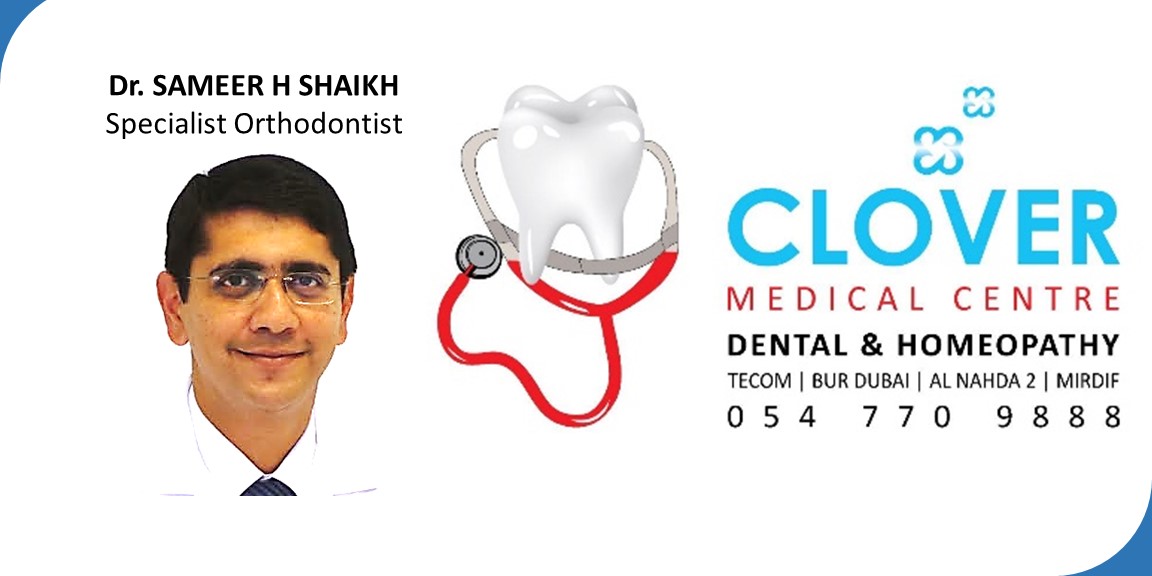The thought of a root canal may make you fearful or uneasy if you aren’t familiar with the procedure. There are common misconceptions that endodontic treatments such as root canals, cause pain and/or illness and should be avoided at all costs. The exact opposite is true. The pain, inconvenience and cost of avoiding endodontic treatment in favor of tooth extraction or a wait-and-see approach can be easily avoided. The longer you postpone treatment the more you risk the chance to save your tooth.
Let us bust a few myths about root canal treatment
Myth 1: Root canal treatment is painful.
With the use of modern technology and anaesthetics root canals can be made painless with minimum discomfort. The pain from a severe toothache, often caused by damaged tissues in the tooth, can be easily remedied when an endodontist removes the damaged tissue through root canal treatment. In addition, endodontists are experts in pain management, and most cases can be treated quickly and comfortably.
Myth 2: Root canal treatment causes illness.
Information you may find on the Internet or elsewhere, claiming that if you receive a root canal treatment you’re more likely to become ill or contract a disease in the future simply isn’t true. This false claim was based on long-debunked and poorly designed research conducted nearly a century ago, long before modern medicine understood the causes of many diseases. There is no valid, scientific evidence linking root canal treatment to disease elsewhere in the body.
Myth 3: It’s better to pull a tooth than have root canal treatment.
Saving your natural teeth, if possible, is always the best option. Nothing artificial can replace the look or function of a natural tooth so it’s important to always consider root canal treatment as an option. Endodontic treatment has a high success rate and many root canal-treated teeth last a lifetime. Replacing an extracted tooth with a bridge or implant requires more time in treatment and may result in further procedures to neighboring teeth and supporting tissue.
